In the spirit of ‘trying something new’ and our dedication to supporting local art and local artists, we approached Hampshire based artist Richard Jarvis about testing some GreatArt products, giving his feedback and providing an insight into his techniques.
Trying something new
“When producing my collages, I find it better to pick a topic I understand thoroughly, as certain themes within the topic can be reflected through my work. For this demo I will be using the topic of mechanics as a loose initial theme as I have recently restored my own classic car, so my knowledge and understanding of the subject will often be seen in the construction of the collage. It helps to personalize my work, and improve the source imagery I can use.
Gerstaecker Primed Wood Panel
I have chosen to use the Gerstaecker Primed Wood Panel as my canvas for this collage, as the solid wooden structure gives a bespoke feel to the work. When starting my collage work I initially start by laying down a flat colour. I tend to make this a pastel tone, something that isn’t too vibrant, and can be overworked without too much effort. This way I know that even the faintest of marks won’t be lost when applied.
Belton Premium Sprays
I start by using the Belton Premium Sprays, in Calypso Light. I shake the can for at least 2 minutes to ensure the paint has been mixed thoroughly, so maximum coverage can be obtained. Using long even strokes, consistent pressure is applied to the cap and as each stroke comes to the end I speed up so there is not build up of paint. Belton Premium have a fantastic range of colours, and that is why I tend to use them in my work. They are a premium affordable paint, that have a high pressure and even coverage.
Acrylic markers
Once I covered the whole board, I move to the POSCA and MOLOTOW One4All markers to start adding layers to the board. Knowing your colour is essential when building complex collages as there are areas you will want to catch the viewers eye more than others yet it must still work harmoniously with the whole composition. Laying the colours out together before you start is a good fail safe, or you can use Adobe Kuler to create your own colour swatch.
These markers are some of my most favourite materials to work with. They produce a great drip/spatter effect when you press the nib down several times on a test surface, before knocking the marker against your finger or flicking it. By pressing the nib down, more ink is released into the nib.
Gerstaecker Rubber Brush
The Gerstaecker Rubber Brush is a great tool to start building textures with. By liberally applying the paint to the board, I can then begin to start moving the medium around. The colour shaper, is similar in effect to that of a palette knife yet can be used to produce softer marks. Having this option to differ in pressure and thickness easily, means a wider range of tonal values can be reached without having to be too careful.
Gerstaecker Studio Acrylic
The Gerstaecker Studio Acrylic offers a well-pigmented paint at an affordable price, perfect for students. The colours work well when mixed together and provide good coverage with brilliant colour. Similar to the Belton paints, I enjoy the range of colours they offer, especially the different variations of each primary and secondary colours. This makes for quicker, easier matching and mixing.
Once I’ve produced a starting point that I’m happy with it’s time for me to sort my source imagery. I’ve used a range of manipulated scans from Hayne’s Manuals, mechanical diagrams and scientific drawings. These are taken from their source and put through a photocopier, changing the original image. Size, colour, contrast, saturation, negative/positive and repetition are a few effects I look at, as well as printing on acetate. By using these different effects, the dynamics of the collage are varied. The found imagery is given its own identity and significance to the overall piece, but more importantly you take ownership of the found image.
By using acetate you have an option to glue this directly on to the collage so that you will not loose the colour from behind. Or by using an Overhead Projector or tracer you can project the images onto the collage and then draw from them. This is a more effective way of being sure an element of imagery will work before it is permanent.
An idea of composition
At this stage of the building process, it is important to have an idea of composition, as the found imagery tends to shape the collage. I think about angles and where areas of concentration may be aesthetically best placed. Negative space is vital to the success of such a busy, detailed collage. Remember the viewer’s eyes need areas of the image to relax over so the parts that are more detailed/complex become most effective.
With an idea of the form this composition will take, I can look at where the areas of detail will be. Using source material, I draw and scribble shapes relevant to the theme. I’m not precious about the drawings or in fact any element when building my collages as the uncertain nature of try and test is what gives the work its charm. I will often draw something, scribble over it, and draw the same thing again just to prove to myself it was the right decision-that’s half the enjoyment for me.
Although I can draw detailed portraits, I try to keep this separate from my collage work, the main reason for this is if I can produce the same photo-realistic effect but in a fraction of the time via photocopy, it makes sense to do that rather than spend hours slaving over a drawing I may eventually paint over.

A lot of the process in the production of the collage is a repetition of the initial stages.
Although I have set myself the theme/topic I wish to base the piece around, I like to keep it loose for the earlier stages. As I progress through the construction of each element a more specific theme tends to arise. In this case, the theme of power/transmission arose accidently through the use of certain found imagery and my choice of drawing. At this point it is nice to have a focus and I can begin to elaborate on the specifics a bit more to give context to the work.
So now we go back to the Belton Premium Spray Paints and it’s time to make some bold moves. In abstract collage styles like mine, the detail can easily become lost, overcrowded and ineffective. By using elements of typography, stencils and more prominent marks you can draw the eye of the viewer to the areas you would like to be focused on. I find it helpful to get several opinions if I am unsure on where to place these elements, bouncing an idea off of someone else no matter their creative talent can make a huge difference.
Stencils
I find using stencils within my work is a great way to add a vibrant block colour with minimal effort. I think about what I would like, sometimes typography just isn’t right for the concept. It can ruin the dynamics and make the work a little cliché if not thought out. Otherwise think about shape and angles within the composition.
I start by writing the lettering out, or printing the design out from Photoshop (don’t forget the design will be reversed). Once cut, I lay the scrap cutouts on my work to see roughly where to place the stencil and for a final check to see if it’s right. Using either Fast Tac or hair spray I spray the other side of the paper and place onto the collage. Using this method will help to produce clearer lines around the edge of the stencil, reduce overspray and hold the stencil in place whilst you’re spraying.
After shaking well, and testing on some scrap paper I apply short and even strokes of the paint all over the stencil. To give imperfections to the stencil, making it look eroded or hurried like you’ll often see in the street I miss out some areas of when spraying or move the can further away to fade out the coverage. Once the stencil is off, and by applying partial pressure to the cap of the can you can release a spatter of paint that has larger particles, also adding imperfection and an overspray effect.
About Richard Jarvis
Richard is an illustrator from Alton, and his work is a collaboration of expressive marks and found imagery that thrives with an interesting simplicity and exciting vibrancy. Inspired by themes of discovery, science and the natural world, Richard started out by fusing strong influences of street art with his passion for drawing. Through the tools of the Adobe creative suite Richard furthered his illustrative style into a more abstract approach and has become ever more infatuated with elements of shape, space, colour and texture. With these in focus Richard uses Photoshop to manipulate found imagery and his colourful paintings to produce fresh contemporary collages.
For more artworks and information about Richard, please use the contact information below:
Email: [email protected]
Website: www.rickyjarvis.com
Facebook: www.facebook.com/rickyillustrates
Discover GreatArt’s partners here!
GreatArt – your art superstore
Art supplies, ideas and advice for all techniques.
GreatArt offers you art supplies for all techniques from:
- traditional fine art painting,
- drawing,
- sculpture,
- printmaking,
- graphic art,
- illustration,
- airbrushing,
- model making…
We offer an extensive range of stretched canvas and display products for exhibition, all the art supplies required to create your own bespoke canvases, as well as custom framing and mounting services from GreatArt Store. You’ll also find hundreds of articles and tutorials to browse in the online magazine.


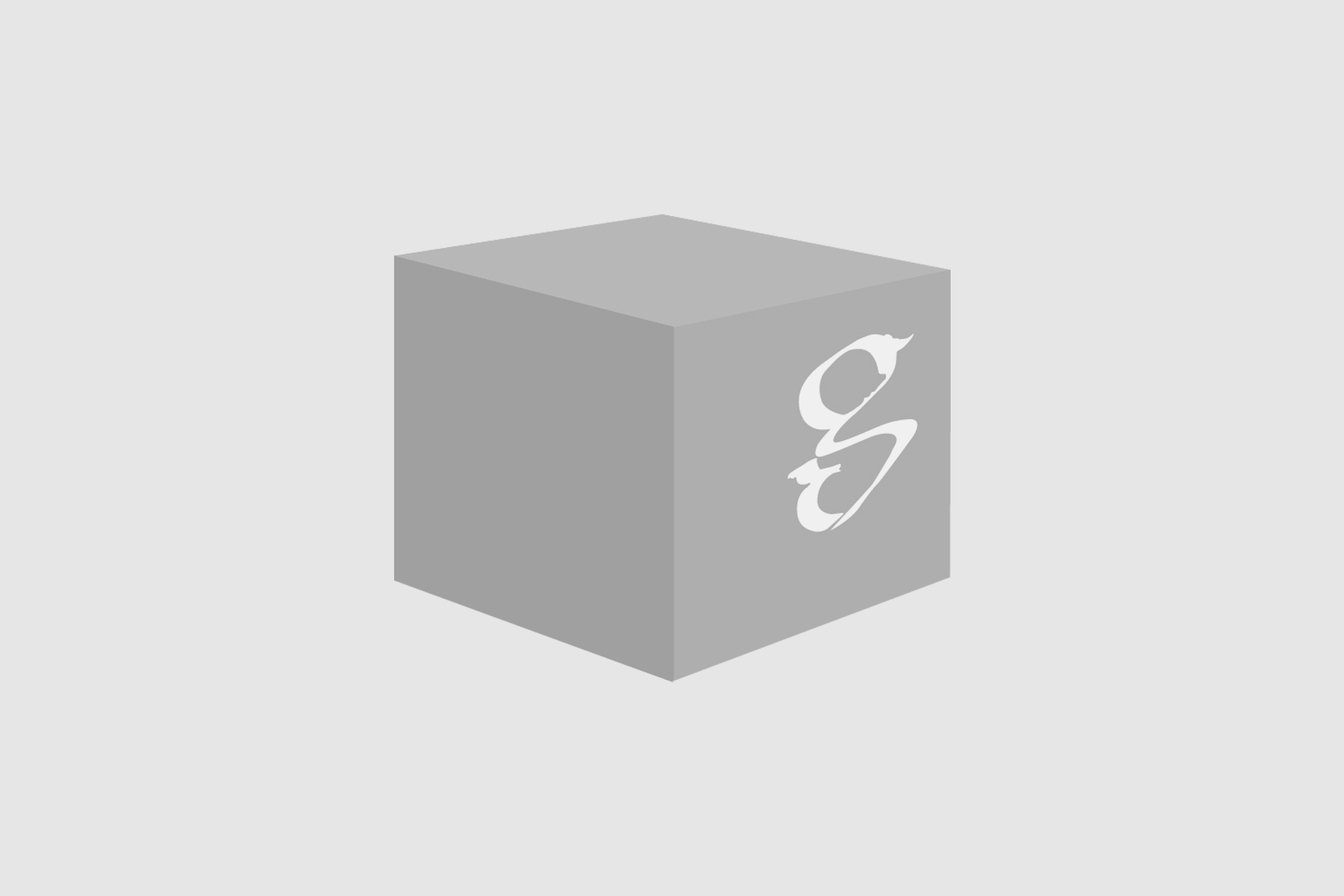

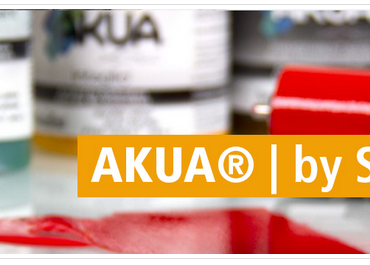
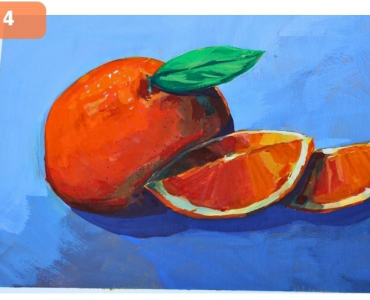
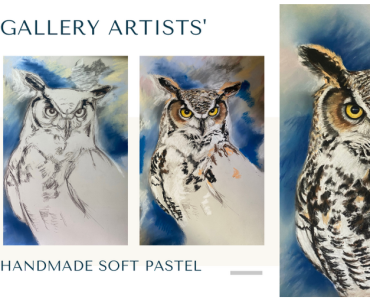
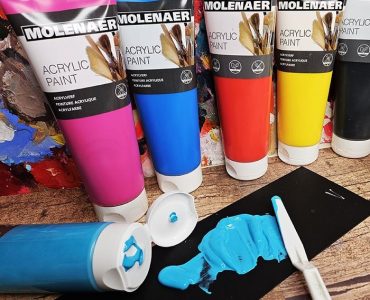













Add comment